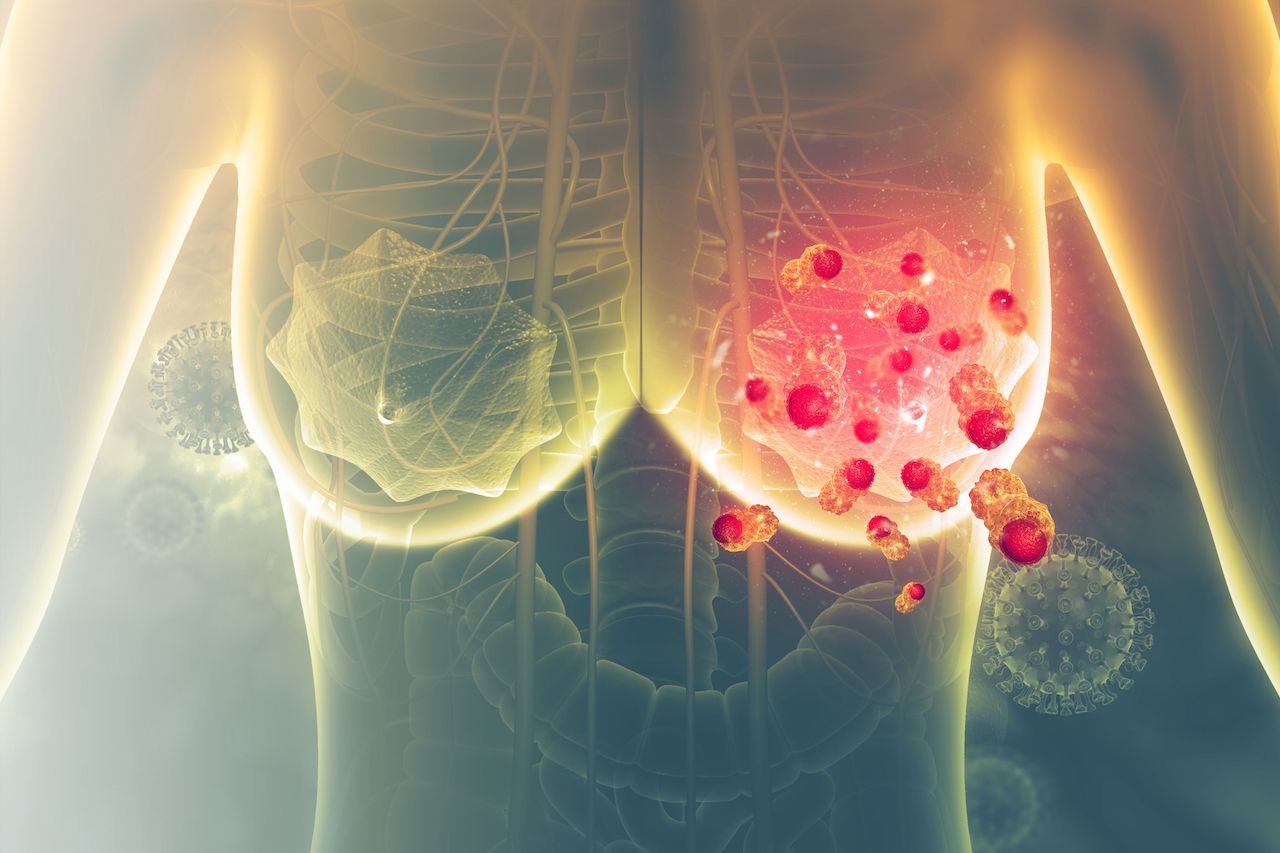Article
Longer Time to First Treatment Beneficial for Breast Cancer
Author(s):
When time to first treatment ranged from 31 to 90 days for patients with breast cancer, doctors had more time for extensive diagnostic workups without compromising survival rates.
Waiting between 31 and 90 days to first treatment after diagnosis with breast cancer may be beneficial for doctors and patients who want a more extensive diagnostic plan and additional time to make decisions, according to the results of a new study. Importantly, this waiting period is not expected to compromise survival rates, according to the data.
Investigators from Singapore conducted a population-based study of 11,175 female patients with breast cancer in order to evaluate the impact of delayed first treatment on overall survival across tumor stages. Each of the patients had biopsy- or surgery-confirmed breast cancer between 2005 and 2011. The investigators gathered demographic data from the patients, as well as tumor characteristics such as grade and stage.
If treatment was started within 6 months of diagnosis, the investigators had information to classify the patients into groups based on chemotherapy, radiotherapy, or hormone therapy. Time to treatment was also classified: 0 to 30 days, 31 to 60, 61-90, and more than 90 days/no therapy. In the case of death, women were censored if the cause was not specifically breast cancer.
The study authors noted that in 2000, the United Kingdom published a national cancer plan that targeted 30 days between referral and initiation of treatment. While standardizing care may improve quality of care, they continued, the burden it places on a health care system may not benefit patients with breast cancer patients depending on the stage at presentation.
Almost 21% of patients (2318) died due to any cause, the investigators reported, and their median survival time was 7.9 years (interquartile range [IQR], 6.1-10.0). The investigators said that among this group, survival times were 8.6 years (IQR, 6.8-10.5) for those with noninvasive breast cancer, 8.4 years (IQR, 6.7-10.2) in stage 1, 8.0 years (IQR, 6.3-9.8) in stage 2, 7.1 years (IQR, 5.4-9.5) in stage 3, and 2.3 years (IQR, 0.8-5.0) in stage 4.
The patients who delayed treatment for more than 30 days most often had noninvasive breast cancer (61.1% [1112/1820]), followed by invasive metastatic breast cancer (49.5% [463/935]). Patients who delayed surgery more than 30 days usually had invasive nonmetastatic breast cancer (stage 1, 25.4% [799/3151]; stage 2, 26.3% [903/3437]; stage 3, 26.7% [358/1342]), the authors found.
There was no difference between 5- and 10-year survival among patients with noninvasive breast cancer who had treatment more than 90 days post diagnosis compared with those who had treatment within 90 days, the study authors added. The risk of all-cause cause was not different between these groups. However, for patients with invasive nonmetastatic breast cancer, there was a significant difference observed between the groups who delayed treatment over 90 days compared with those who sought treatment within the first 30 days post diagnosis (HR, 2.25; 95% CI, 1.55‐3.28). Those who waited longer had worse overall survival than those who received more immediate treatment. This effect was lessened, however, when the investigators adjusted for stage 1, 2, and 3 disease, as well as chemotherapy, radiotherapy, and hormone therapies (HR, 1.28; 95% CI, 0.87‐1.87).
For example, the median time between first adjuvant treatment and surgery was 42 days (IQR, 29-70) in a subgroup of 7839 patients with invasive nonmetastatic breast cancer (<90 days). A total of 43.5% (3411) of these patients started therapy 31 to 60 days post surgery, followed by 27.4% (2150) within 0 to 30 days, 7.4% (583) within 61 to 90 days, and 21.6% (1695) after 90 days or without therapy. Compared with those who started treatment 30 to 60 days (HR, 1.50; 95% CI, 1.29-1.74) post surgery, those who waited 90 days or more or did not have adjuvant therapy had worse survival rates, the investigators wrote.
Patients with metastatic breast cancer fared worse if they delayed treatment more than 90 days post diagnosis compared to those who had treatment within 30 days (HR, 2.09; 95% CI, 1.66-2.64), the study authors said. Delayed treatment was not associated with worse overall survival within the subset of 762 patients who survived at least 6 months, they continued.
“The extent of a safe ‘window’ between diagnosis and treatment for breast cancer is debatable,” the study authors concluded. “While patients’ preference and anxiety status need to be considered, spending more time on treatment options or to have higher considerations in cosmetic outcomes in patients with noninvasive breast cancer may be viable.”
Reference
Ho PJ, Cook AR, Binte Mohamed Ri NK, Liu J, Li J, Hartman M. Impact of delayed treatment in women diagnosed with breast cancer: a population‐based study [published online February 13, 2020]. Cancer Med. doi: 10.1002/cam4.2830.





